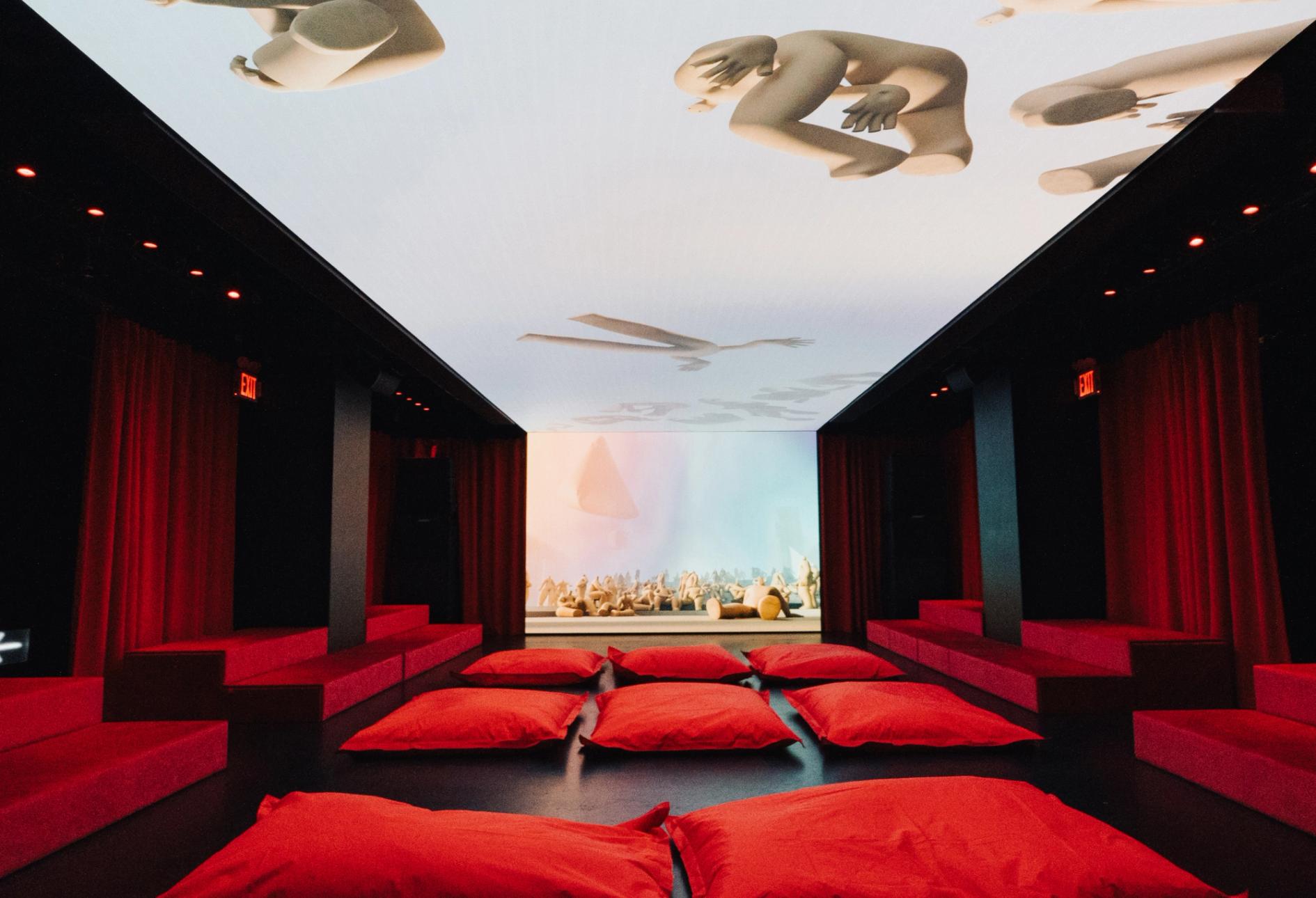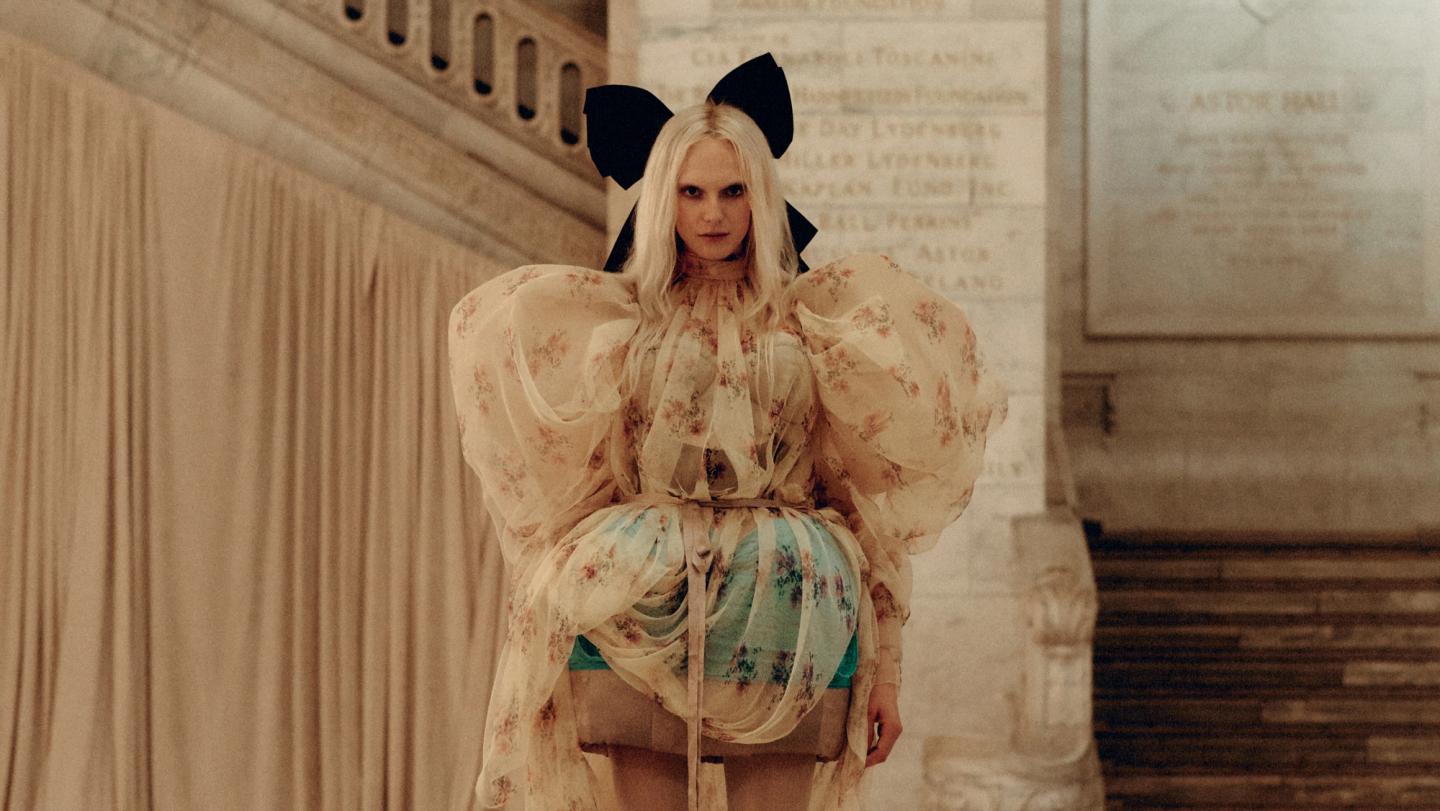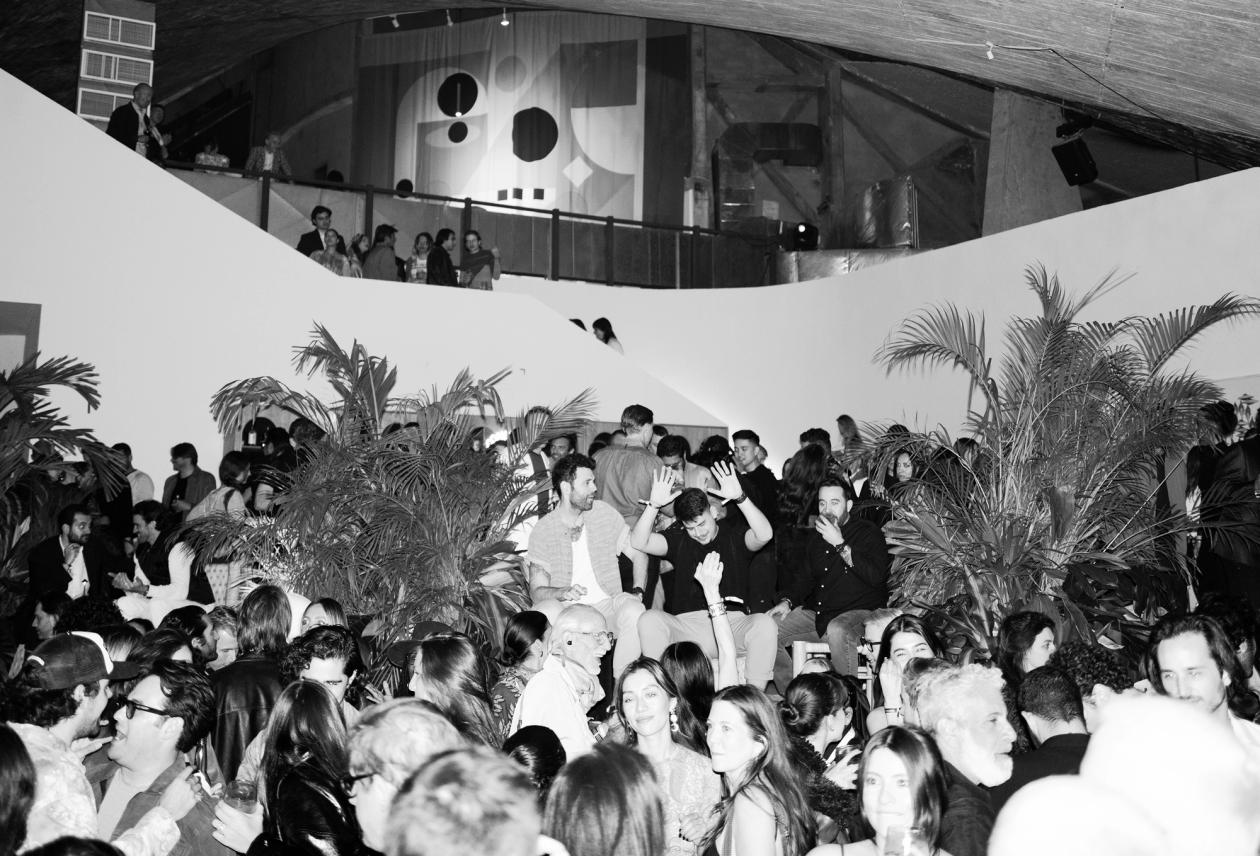Hidden Holidays
Working from home, modern media, a burgeoning middle class, overpopulation (perhaps) are all contributing to a very welcomed problem. More people can, and are, going on holiday – and more often. The world is overcrowding, magnetized to a few hotspots. Here is a list of places for a respite from the flock.
Matte OpEd
Culture
Date
12/1/2023
Text
SAM GREEN
Links
What do you hear when you’re on holiday? What do you say? “It’s become too restort-y.” “Too many people.” “Beautiful, but it’s become too built up.” Become is the kicker here. What was once is now not. It is not a novel phenomenon. A little beach town’s hand carved wooden casitas drenched in charm is uncovered by some backpackers. They go home and rave about it at family functions, at bars: it’s all they can talk about. More and more people go until someone has the revolting capitalist spur to build a resort. In Hidden Holidays we unpack some vacation destinations that may or may not be on the grid. As the wooden treehouses wet with bohemian chutzpah give way to concrete cinder and Kids Clubs, we must look for new places to ruin. With all seriousness put your trash in the bin.
Courmayeur
Courmayeur is an Italian town at the foot of Mont Blanc (Monte Bianco). It’s pisted slopes are not extensive and the snow there is a little unreliable due to the sunshine it receives. Chamonix, Courmayeur’s French counterpart, sits on the other side of Mont Blanc. The French side is colder and greyer and the skiing is exceptional; the Italian side is warm and blue and the snow can be unreliable. But, perhaps that is not such a bad thing. In Courmayeur it is all too easy to ski until the early afternoon; tuck into a bowl of Bolognese that fogs up your sunglasses; let lunch go on a little too long till your face ages and leathers (in a good way) in the brisk sun; think about skiing longer; think about tucking into a spa-afternoon; make the right decision. The Milanese and Torinese know how to do it. You are more likely to see them walking down the Via Roma in a double-breasted wool suit than skiing in a nylon jumpsuit. It is a beautiful town, the valley peppered with pillowed chalets, with beautiful weather at the base of majesties. There is a serious food scene there too, like food convention serious, Heston Blumenthal serious.
It is for the faint hearted. It’s Italy.
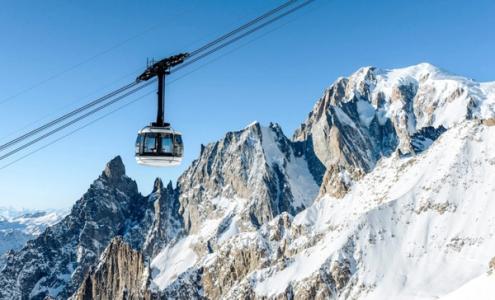

Medellín
The Lower East Side and Notting Hill were once slums. They are now homes to models, actresses, bankers, baristas; wine bars and beauty spas. Their edge, their former histories, played a part in their attraction. The same goes for Medellin’s infamous history. Communa 13 was once one of the most dangerous places in the world. It is now an open-air museum for graffiti, the anti-Paris. As such Medellín is gentrified but it retains its soul and its history. It is a city wrapped in a jungle. Jungles are dangerous but that makes them exciting. Go see Pablo Escobar’s house, his brother and ‘accountant’ Roberto runs a tour. They also have their very own MoMa: el MAMM.
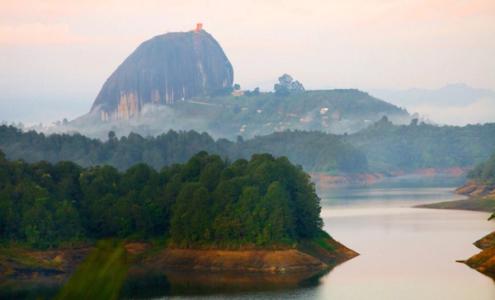
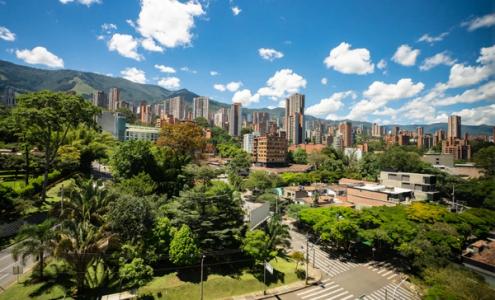
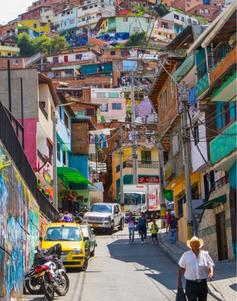
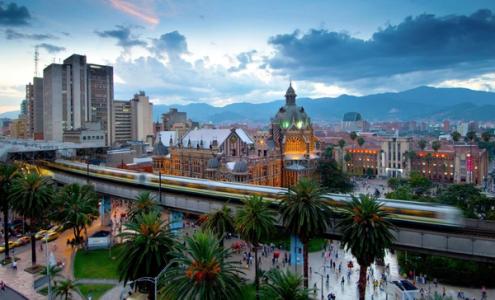
Lofoten
Lofoten is something very different. It is not a Mexican beach, a humming city or a ski resort. In Lofoten you stay in Rorbuer, little red fishermen’s cabins. In Lofoten you row a kindly little kayak on the Arctic lakes. In Lofoten you dot around the archipelago taking in the extreme views. From the top of many climbs, an apprehensive peek below looks like a James Cameron set. The northern lights, which are visible from Lofoten will probably bring you to a similarly astonished conclusion. A holiday in the solace of Norway’s nature.
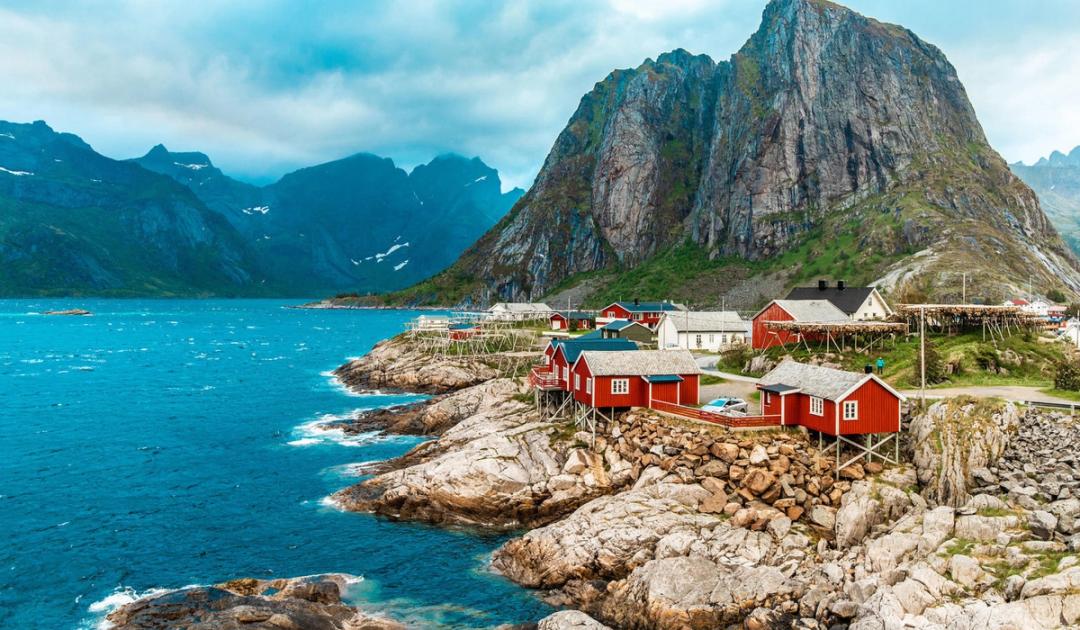
Skeleton Beach
There is very little anthropogenic construction on this Northern coastal stretch of Namibia. The little there is, like the scraps of ships, have weathered and decayed alongside whale bones mixing memory and stark reality. The wreckage has been sanded, and the beaches wrecked. But the natural beauty of this boneyard is mystical. It is sublime. 300-foot charcoal dunes surge up from the beach. 300-pound lions patrol these dunes. It is a safari in the most dramatic setting in the world. Glamp at the edge of desert and to be woken up by an elephant on ‘must’. See George Orwell’s short story Shooting an Elephant for clarification of ‘must’.
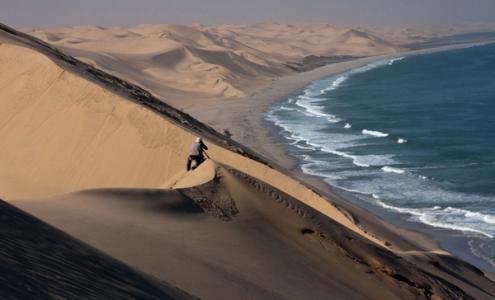
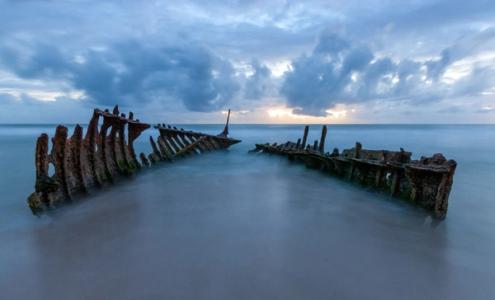

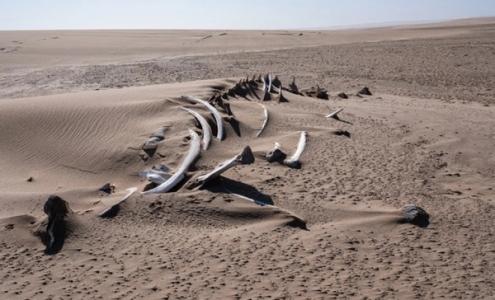
Puerto Viejo
Fruta! Fruta fresca! Fresca.” Rings through megaphones from mobile fruit stands in a little blue van that looks like it’s animated, like the Scooby Doo van. The mystery machine, I believe it’s called. It may sound like annoying noise pollution. It is not. It is warming simplicity. A day in Puerto Viejo might look like this: wake up late; grab a banana for breakfast; surf for an hour; catch one wave; sit on the beach; have a pina colada while some reggae plays in the background; cringe at yourself; realize that you are pretty content with all of this. It is difficult to get to, difficult to build, difficult to drive around (the roads are barely roads), difficult to leave. Very few people, beautiful raw beaches and jungle. There are also Jaguars.
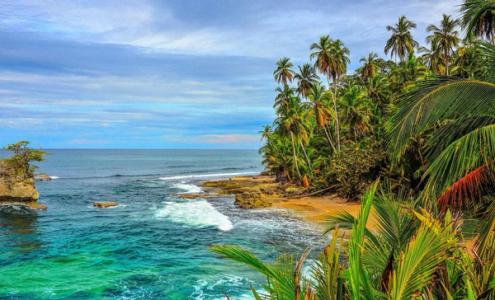
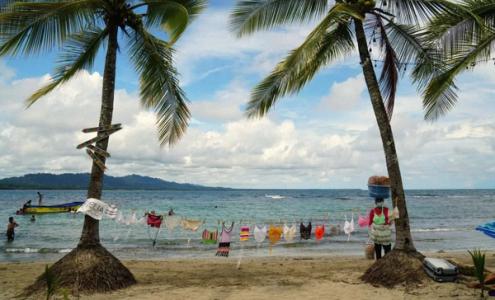
Mancora
Most people go to Peru for Incan ruins, treks, and Lake Titicaca. Very few, however, go for its beaches. It may not have the same Caribbean lure as Costa Rica or the Caribbean itself. It’s not the most breath-taking of beaches in the world and there are certainly better ones in South America but a very welcome decompression from a blistering hike up Machu Picchu. It is not very well known which is nice. It is like the off-off Broadway of beach towns. Even the Gap-year backpackers seem to skip over it.

Noronha
Praia Do Sancho might just be the perfect beach. You have to hike for an hour and wiggle through a cave opening-thing, bring all your water, sun cream, beach balls, all the ephemera that usually collects in your beach bag. There is nothing on this beach. It is the closest you can get to being stranded on a desert island. There are also no people, no trash, nothing. Sancho crests the northern side of Fernando de Noronha, an island off the coast of Brazil, in the middle of the Atlantic. It is an eco dream, sort of like a cheaper version of the Galapagos.

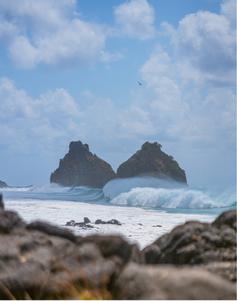



Madrid
A weird move, I know. A European city in winter? Am I crazy, you might wonder. This is heresy, you might say. And you might be right, I could be crazy, if crazy was saving on this super hot deal for two for two nights in THIS 5 star hotel CALL this NUMBER now at (203)…
Enough of that. Madrid, for Europeans is a kind of pseudo-LA in winter, bobbing coolly at 15 degrees celsius. Tepid enough to stand with hands behind your back in the sun as you wait outside whilst your family or friends take too long at the stunning Museo Nacional de Prado. This might be a regular occurrence with Madrid’s burgeoning art scene. So take numerous food breaks, take a few, take too many. Drenched in history, there is a whole lot of sightseeing to be done. Madrid is also famous for its parks – Palacio de Cristal is a spectacle in Buen Retiro Parc. There are copious amounts do, you’ve done Paris, you’ve smooched in front of the Eiffel Tower, it’s done, it was good, now it’s done and move on.
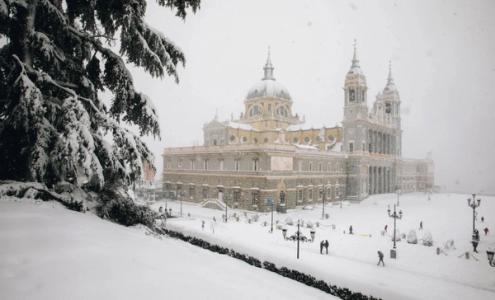

This kind of writing is self-perpetuating. Another one of these will have to be written in another decade or so. Quite smart no? In all seriousness, one hopes travel, today, will do less damage than it did 30 years ago. Perhaps we only need to look every 20 years. That would be good. In 20 years, someone will be saying of Courmayeur, “It’s become too resort-y, too built up.” And it might be my doing
Recent Articles
